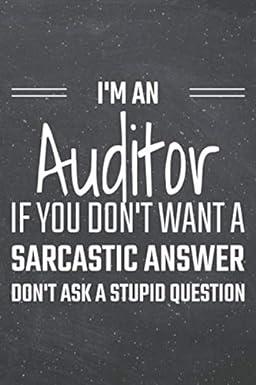Answered step by step
Verified Expert Solution
Question
1 Approved Answer
B. MATCHING Instructions: Match each of the statements below with its proper term. Some terms may not be used. A. accelerated depreciation method M. intangible
| B. MATCHING | ||||||||||
| Instructions: Match each of the statements below with its proper term. Some terms may not be used. | ||||||||||
| A. accelerated depreciation method | M. intangible assets | |||||||||
| B. amortization | N. operating leases | |||||||||
| C. book value | O. patents | |||||||||
| D. boot | P. ratio of fixed assets to long-term liabilities | |||||||||
| E. capital expenditures | Q. ratio of fixed assets to total assets | |||||||||
| F. capital leases | R. residual value | |||||||||
| G. copyright | S. revenue expenditures | |||||||||
| H. declining-balance method | T. straight-line method | |||||||||
| I. depletion | U. trade-in allowance | |||||||||
| J. depreciation | V. trademark | |||||||||
| K. fixed assets | W. units-of-production method | |||||||||
| L. goodwill | ||||||||||
| 1. Long-term or relatively permanent tangible assets that are used in the normal business operations. | ||||||||||
| 2. The systematic periodic transfer of the cost of a fixed asset to an expense account during its | ||||||||||
| expected useful life. | ||||||||||
| 3. The estimated value of a fixed asset at the end of its useful life. | ||||||||||
| 4. A method of depreciation that provides for equal periodic depreciation expense over the estimated | ||||||||||
| life of a fixed asset. | ||||||||||
| 5. A method of depreciation that provides for depreciation expense based on the expected | ||||||||||
| productive capacity of a fixed asset. | ||||||||||
| 6. A method of depreciation that provides periodic depreciation expense based on the declining | ||||||||||
| book value of a fixed asset over its estimated life. | ||||||||||
| 7. The cost of a fixed asset minus accumulated depreciation on the asset. | ||||||||||
| 8. A depreciation method that provides for a higher depreciation amount in the first year of the asset's | ||||||||||
| use, followed by a gradually declining amount of depreciation. | ||||||||||
| 9. The costs of acquiring fixed assets, adding to a fixed asset, improving a fixed asset, or extending | ||||||||||
| a fixed asset's useful life. | ||||||||||
| 10. Costs that benefit only the current period or costs incurred for normal maintenance and repairs | ||||||||||
| of fixed assets. | ||||||||||
| 11. The amount a seller allows a buyer for a fixed asset that is traded in for a similar asset. | ||||||||||
| 12. The amount a buyer owes a seller when a fixed asset is traded in on a similar asset. | ||||||||||
| 13. The process of transferring the cost of natural resources to an expense account. | ||||||||||
| 14. Long-term assets that are useful in the operations of a business, are not held for sale, and are | ||||||||||
| without physical qualities. | ||||||||||
| 15. The periodic transfer of the cost of an intangible asset to an expense. | ||||||||||
| 16. An intangible asset that is created from such favorable factors as location, product quality, | ||||||||||
| reputation, and managerial skill. | ||||||||||
| 17. Exclusive rights to produce and sell goods with one or more unique features. | ||||||||||
| 18. An exclusive right to publish and sell a literary, artistic, or musical composition. | ||||||||||
| 19. A name, term, or symbol used to identify a business and its products. | ||||||||||
Step by Step Solution
There are 3 Steps involved in it
Step: 1

Get Instant Access to Expert-Tailored Solutions
See step-by-step solutions with expert insights and AI powered tools for academic success
Step: 2

Step: 3

Ace Your Homework with AI
Get the answers you need in no time with our AI-driven, step-by-step assistance
Get Started


